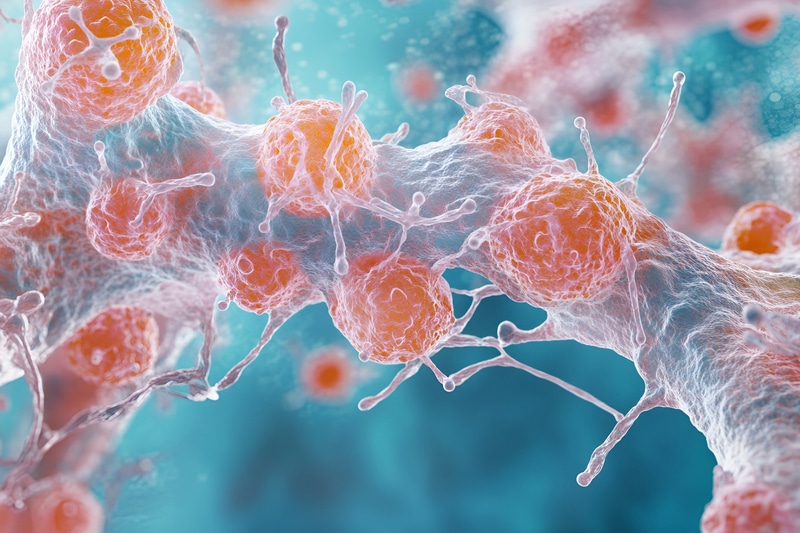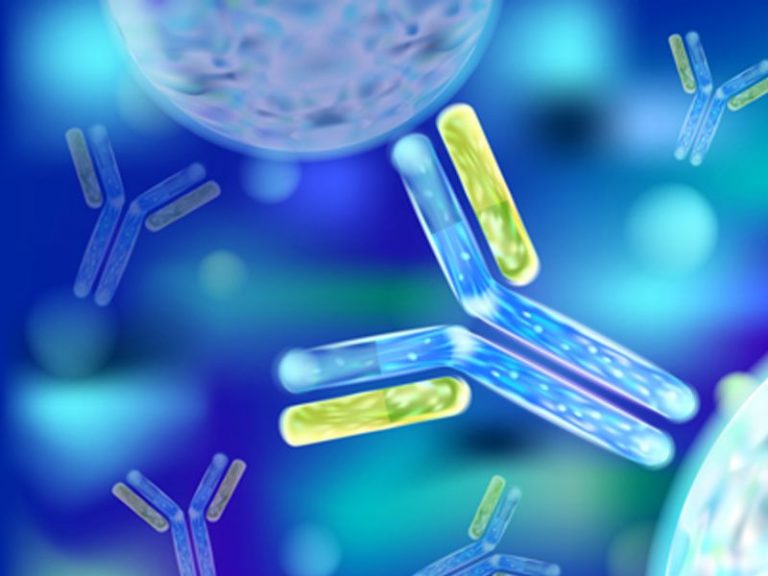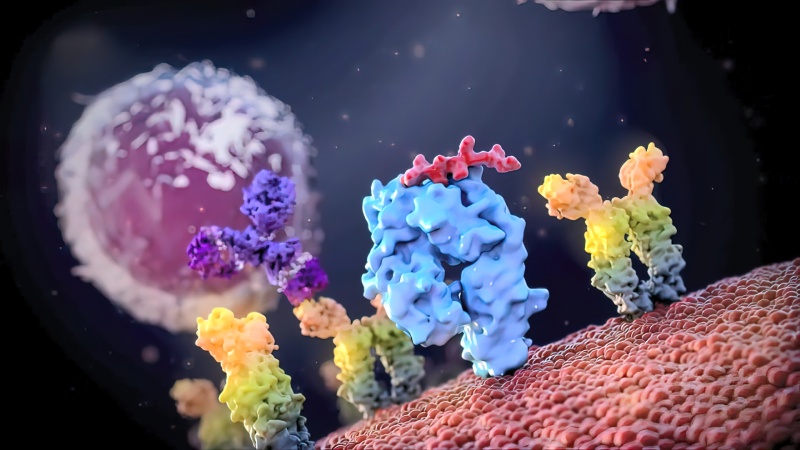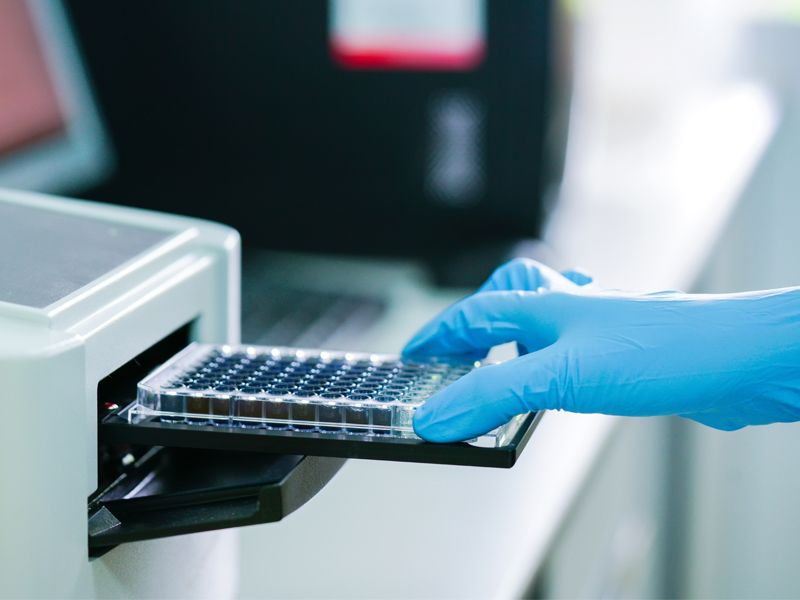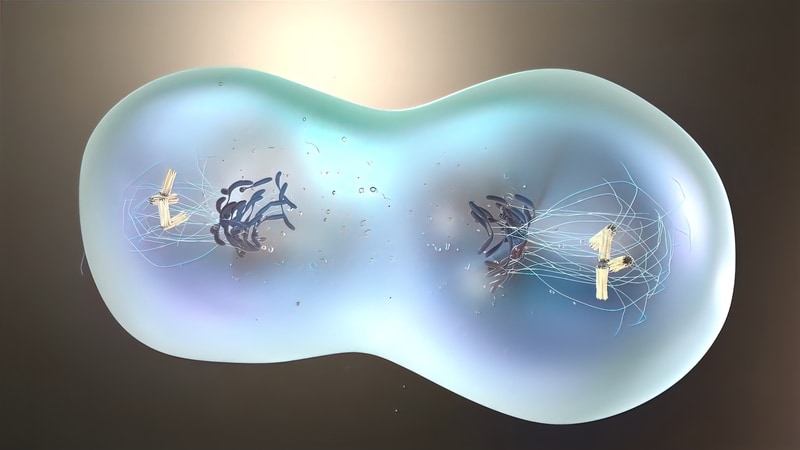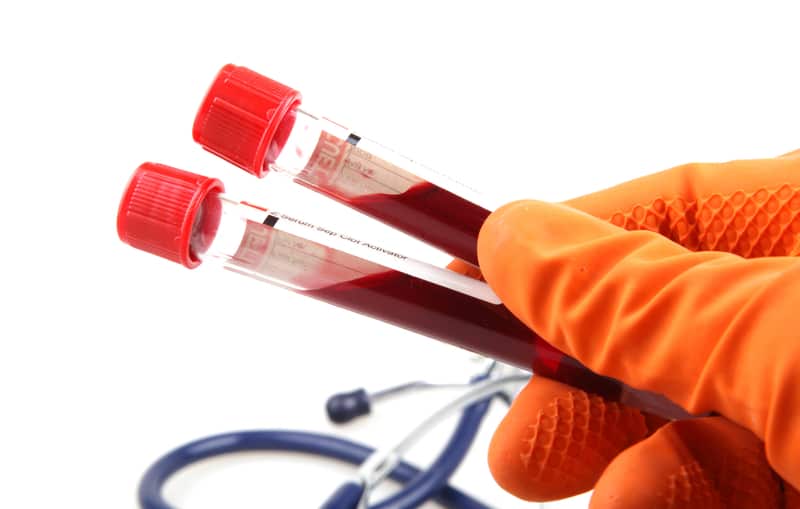A Brife Review of the Apoptosis Pathway
Apoptosis occurs through two main pathways: extrinsic and intrinsic. The extrinsic pathway activates caspases via extracellular signals, while the intrinsic pathway involves cytochrome c release from mitochondria, forming an apoptosome with Apaf-1 and caspase-9 to activate caspase-3. Caspases, cysteine proteases, degrade key intracellular proteins, leading to apoptosis. They are divided into the ICE subfamily (involved in inflammation) and the CED-3 family (involved in apoptosis). The mitochondrial pathway is regulated by Bcl-2 family proteins, which control the permeability transition pore (PT pore) and cytochrome c release. Additional proteins like Smac, AIF, and Endo G also contribute to apoptosis. In Fas signaling, caspase-8 activation amplifies the apoptotic signal through Bid cleavage, particularly in type II cells.

